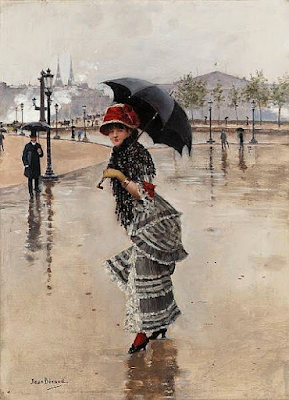In the nineteen years he lived in Paris, Frédérik Chopin gave only thirteen public concerts. He did not like crowds, and so he once remarked to his friend Franz Liszt, a year his junior, adding to his words an ambiguous hint of irony:
"I am not fitted to give concerts, the public intimidates me. I feel choked by its breath, paralyzed by its curious glances, struck dumb by all those strange faces. You are destined for that, because you do not conquer the public, but you have the necessary means to pummel them!"
Indeed, listening to Franz Liszt, the ladies would fade away, and end up slumped in their boxes, having lost all their composure. Chopin, on the contrary, was made to enrapture a small audience of no more than ten or twelve listeners, in the private salon of some lady of the high Parisian aristocracy, or at the home of a noble compatriot, exiled like him.
The intimate atmosphere
In these salons, also frequented by Liszt, Berlioz, Délacroix, poets, and other artists, Chopin was in his element. And if he was in the mood, he could play for a couple of hours in a row. Obviously, in this intimate atmosphere, he did not play his greatest works, those with the greatest breath, but he improvised, or unveiled the last prelude, a nocturne, an elegant waltz, or even an etude.
 |
| Marie d'Agoult (1805 - 1876) |
Etudes from Opus 25 - No. 11 in A minor
Out of the twelve studies that make up the series, ten of them were composed simultaneously with those of Opus 10. Only the first and the last one were added at a later date, for their joint publication in 1837. Etude No. 11, with its scant three and a half minutes in length, is the longest of the series and, like its companions, constitutes an inescapable piece in the piano repertoire of our day. The technical challenges demand bursts of arpeggios from the right hand in opposition to a powerfully rhythmic motif from the left hand.
The performance is by the Ukrainian pianist Valentina Lisitsa, now settled in the USA.
